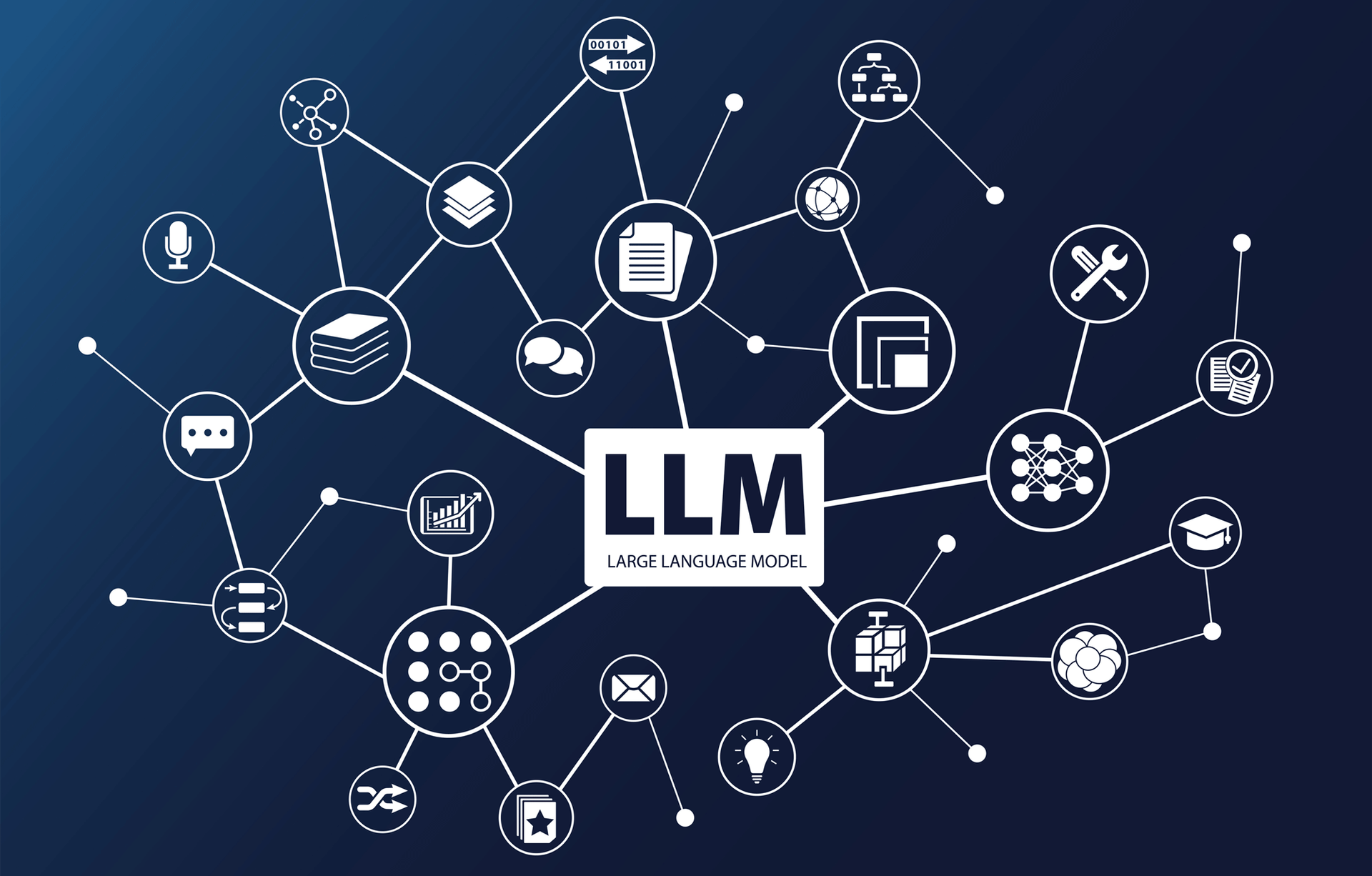Trump’s AI Race: Will NZ Get Left Behind?

Is Trump Good or Bad for AI? The High-Stakes Gamble of Rapid, Unregulated AI Acceleration.
With the return of Trump to the political arena and the possible influence of prominent tech figures like Elon Musk, the U.S. stands on the brink of a new era in AI development. While this could lead to unprecedented advancements, the drive for speed raises serious questions about safety, ethics, and long-term impact.
Listen to the debate below
USA’s New Drive for Rapid AI Advancement Under Trump
According to The Information, one of Trump’s initial priorities may be to “deregulate rules governing the construction of electrical generation to help speed data center construction.”
This aligns with his broader approach to AI: reduce red tape, scale infrastructure fast, and solidify the U.S. as a global AI leader. During the recent RNC convention, Trump touched on the infrastructure challenge, remarking, “AI needs tremendous energy…literally twice the electricity available now in our country.”
In a recent conversation with VCs Marc Andreessen and Ben Horowitz, Trump further outlined his AI stance: “AI is very scary, but we absolutely have to win. Because if we don’t win, then China wins, and that’s a very bad world.”
For Trump, AI represents a high-stakes race with China, one that justifies taking significant risks to secure U.S. dominance.
What We Know About Trump’s AI Playbook
Trump’s AI strategy points to an aggressive, competition-focused vision. Key elements include dismantling regulatory frameworks, accelerating military applications, and narrowing federal oversight in favor of industry-led solutions. Here’s a breakdown:
- Dismantling Biden's AI Policies “On Day One”: Trump plans to repeal Biden’s executive order on AI, which sets safety protocols and ethical guidelines. His alternative relies on industry-led testing, which may reduce regulatory oversight and give the private sector greater autonomy.
- AI “Manhattan Project” for Defense: Trump’s team is drafting a defense-oriented AI initiative. This large-scale project could benefit defense contractors like Anduril and Palantir as the U.S. seeks to outpace China in military-focused AI.
- Light-Touch Regulatory Model: Instead of introducing new AI-specific regulations, Trump prefers using existing laws, allowing innovation to proceed with minimal restrictions. This could lead to varied regulations across states, with some Democratic-led states possibly introducing stricter rules.
- Trade Restrictions and AI Technology: To limit China’s access to U.S. AI advancements, Trump’s approach may include tighter export controls and closing loopholes that currently allow Chinese firms to access AI tools through U.S.-based cloud services.
- Ban on AI Censorship of American Speech: Trump has promised to prevent AI from censoring American citizens’ speech, positioning himself as a champion of free expression while ensuring that AI deployment supports, rather than limits, individual freedoms.
The Potential Risks of Trump’s AI Approach
While this “light touch” regulatory model could accelerate AI development, it also raises critical questions around safety and governance:
- Reduced AI Safety Oversight: Trump’s preference for industry-led safety protocols may narrow the focus of federal bodies like NIST to primarily address physical risks, possibly winding down institutions like the AI Safety Institute. This would leave gaps in proactive research on ethical and societal impacts of AI.
- Export Controls and Trade Tensions: Trump’s trade policies, which include increased tariffs on imports from China, could disrupt the supply chain for crucial components like microchips made in Taiwan, potentially increasing the cost of AI development.
- Investment Surge Amid Reduced Guardrails: Many in the tech industry welcome fewer regulations, as over 40% of C-suite executives cite regulatory costs as a significant concern. With fewer barriers, the Trump administration’s approach may attract startup investment and accelerate innovation, albeit with less oversight.
- Impact on Innovation Costs: Proposed tariffs—10% on U.S. imports and 60% on Chinese products—may drive up hardware costs, affecting businesses reliant on international suppliers.
- Increased Patchwork Regulations Across States: With limited federal guidance, states may introduce their own regulations, leading to a fragmented landscape where businesses operating across state lines face complex compliance challenges.
Where Does This Leave New Zealand’s AI Strategy?
As the U.S. ramps up its AI efforts, New Zealand faces a critical decision: adapt quickly or risk being left behind. Trump’s aggressive AI strategy may push other nations to increase their own AI investment, making it essential for New Zealand to strategically align itself to remain competitive.
Without action, New Zealand will miss out on key technological advancements that will shape the global economy.
Our Take: The Promise and Peril of Trump's AI Vision
Ironically, Trump’s previous administration did introduce significant AI policies focused on research, development, workforce training, and civil liberties. These were expanded by Biden’s administration, creating a foundation that Trump now seems ready to dismantle. This pivot from regulation to an unguarded AI race could fuel unprecedented growth but may also leave gaps in safety and ethics.
Trump’s approach, acknowledging that AI is “scary” but necessary, reflects a calculated gamble: prioritize rapid development to win the global AI race, particularly against China, while accepting potential risks. This high-stakes push may usher in a boom in AI, but at what cost?
For business leaders, policymakers, and global citizens, Trump’s AI stance serves as a stark reminder that the future of technology is not distant—it’s here, and it’s moving fast.
As we enter this uncharted territory, we must ask ourselves if the benefits of unchecked AI development will outweigh the risks. Will we gain an edge on the global stage, or are we laying the groundwork for unforeseen challenges?
Time, as always, will tell.
AI BLOG










